What is Quant (QNT)?
Quant (QNT) Summary
Quant is a service provider that focuses on distributed ledger technology (DLT), designed to enhance connectivity and communication between different blockchain networks. The core product of Quant is Overledger, the world’s first API gateway for connecting leading blockchains. This software enables seamless interaction between multiple blockchains, overcoming the challenges posed by technical differences and coding languages across different platforms.
Quant plays an active role in the development of central bank digital currencies (CBDCs), collaborating with institutions like the US and UK central banks to leverage its technology for digital currency projects. The Quant Network provides critical infrastructure for organizations and governments to integrate their products with multiple blockchains and efficiently transfer data across these systems.
Overledger is not a blockchain itself but serves as a crucial API gateway that facilitates cross-chain communication. By connecting various blockchains, Overledger enables the efficient exchange of data and information between different networks. The Quant (QNT) token powers the ecosystem, being used to pay for services on the network.

Who created Quant (QNT) ?
Quant Network was founded in 2015 by Gilbert Verdian, who serves as the CEO. The protocol gained significant attention in April 2018, raising over $11 million through a successful Initial Coin Offering (ICO). Verdian is a well-known figure in the blockchain space, serving as the Chair of the UK Blockchain and Distributed Ledger Technology (DLT) committee. He is also a member of the EU’s Blockchain Observatory and has been involved with the Federal Reserve.
In 2017, Colin Paterson and Paolo Tasca joined Quant as co-founders. Colin Paterson took on the role of Chief Technology Officer (CTO), while Paolo Tasca became Chief Strategist. Paterson, a cybersecurity expert, previously held roles at Deutsche Bank and Vocalink, which was acquired by Mastercard in 2017.
Paolo Tasca later transitioned to an advisory role with Quant. In addition to his involvement with Quant, Tasca is the Executive Director of the University College London (UCL) Centre for Blockchain Technologies and an Executive Board Member of the DEC Institute. He is also a Co-Chair of the Hedera Treasury Management and Token Economics Committee.
How does Quant (QNT) work?
At the heart of the Quant Network is Overledger, a Distributed Ledger Technology (DLT) Gateway platform. Overledger acts as an API (Application Programming Interface) that enables businesses to seamlessly connect their existing enterprise infrastructure with multiple blockchain ledgers. APIs are intermediary software tools that facilitate communication between different programs or systems, allowing them to exchange data and perform actions. Many online applications, such as trading software and social media platforms, rely on APIs to function effectively.

Overledger enables developers to create multi-blockchain decentralized applications (mDApps). By using Overledger, developers can build applications that can operate across multiple blockchains, including widely adopted ones, without needing to worry about the specific requirements of each individual blockchain.
To access and use Overledger, developers and users must pay licensing fees in QNT tokens, the native cryptocurrency of the Quant Network. These QNT tokens are also required to create and use mDApps within the Quant ecosystem, ensuring that the platform’s functionalities are governed by the network’s native token.
Additionally, Quant Network allows developers to create blockchain-agnostic tokens via its QRC-20 token standard. This is similar to Ethereum’s ERC-20 standard, which is used for creating fungible tokens on Ethereum’s blockchain. The release of QRC-20 smart contracts introduced a drag-and-drop system for creating QRC-20 tokens, enabling businesses to easily deploy their own tokens on the Quant network, even without prior technical experience.
Why does QNT have value?
Quant’s native cryptocurrency, QNT, serves as the exclusive payment method for utilizing the Overledger platform. The adoption of Overledger by organizations and institutions plays a critical role in driving the demand and value of QNT. As Quant provides a product designed to enhance workflows and data management for enterprises, the increasing use of Overledger can lead to higher demand for QNT, as it powers the application and is required for transactions within the Quant ecosystem.
Quant has already secured adoption from a number of European banks and financial institutions, which are utilizing Overledger to efficiently connect their blockchain networks in a matter of minutes, without the need for additional infrastructure. This ease of integration is one of the key selling points of the Overledger platform.
Additionally, Quant has formed strategic partnerships to further expand its ecosystem. In April 2021, Quant partnered with the LCX exchange to enhance the settlement technology for Central Bank Digital Currencies (CBDCs), utilizing Overledger as the underlying technology. Furthermore, Quant’s founder, Gilbert Verdian, has played an active role in advising the Bank of England on discussions surrounding the potential creation of a UK-based digital currency, often referred to as “Britcoin.”









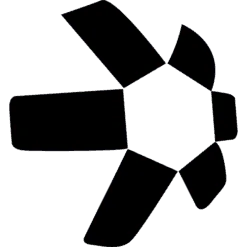









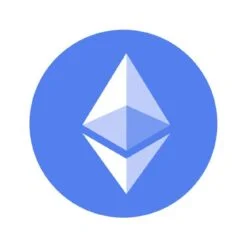


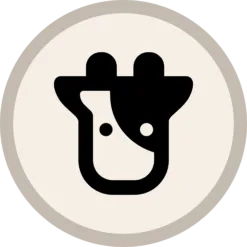
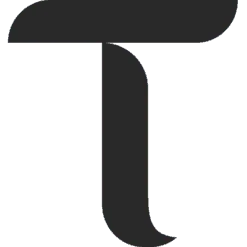

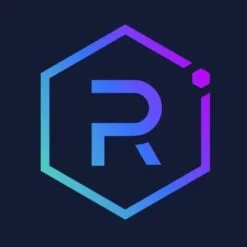

Harran –
راع جدا
NotBad –
notbad